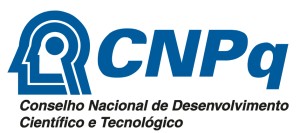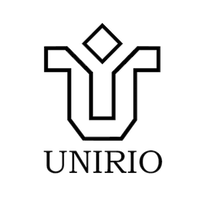Aby Warburg and the afterlife of ancient Pathosformeln
DOI:
https://doi.org/10.15848/hh.v0i5.171Keywords:
Florence, History of art and architecture, Cultural historyAbstract
This article analyzes the concepts of “afterlife” of Antiquity (das Nachleben der Antike) and “pathosformula” (Pathosformel), employed by the German historian of Renaissance’s art and culture Aby Warburg (1866-1929). One argues that the idea of “afterlife” of Antiquity differs from both the notions of reawakening of the ancient world, as conceived by the Swiss historian Jacob Burckhardt, as Johann Joachim Winckelmann’s concept of imitation of the ancients. One also argues that the concept of “afterlife” should be understood in light of Nietzsche’s ideas of“Apollonian” and “Dyonisian” and Warburg’s notion of Pathosformel. One finally discusses some of the forms of “afterlife” of Antiquity studied by Warburg, as the topic of the Nymph.Downloads
Downloads
Published
How to Cite
Issue
Section
License
Authors hold the copyrights to the manuscripts submitted. História da Historiografia: International Journal for Theory and History of Historiography is authorized to publish the aforementioned text. Authors are solely responsible for data, concepts and opinions presented in the papers, along with the accuracy of document and bibliographical references.

This work is licensed under a Creative Commons Attribution 4.0 International License.


















